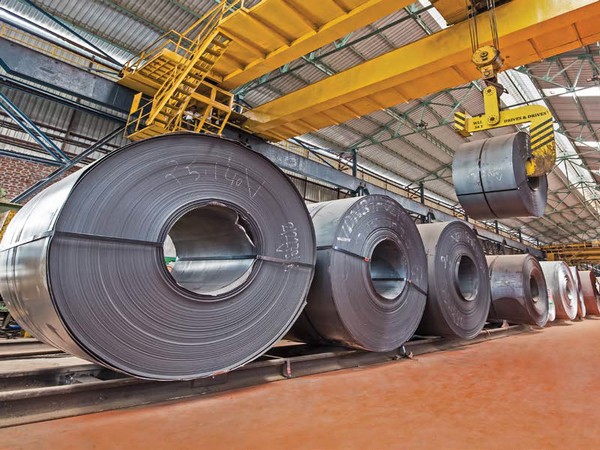India’s steel industry is on the verge of significant expansion over the next few years, with plans to add around 23 million tonnes (MT) of crude steel capacity between FY24 and FY27. This growth target reflects a compound annual growth rate (CAGR) of 4.8 per cent, in line with the industry’s long-term average growth from FY15 to FY24. The Indian steel sector is expected to enter a favorable phase despite this substantial increase in capacity, according to a report by Nomura.
The report highlighted that major steel players such as JSW, JSPL, Tata Steel, and ArcelorMittal & Nippon Steel are expected to account for nearly 87 per cent of the ongoing capacity expansion. Significant capacity is set to come onstream over the next three years, with JSW steel planning to add 7MT by FY28F at a 5 per cent CAGR over FY24-28F, and JSPL set to add 6.3MT by FY27F at an 18 per cent CAGR over FY24-27F. Even under a conservative assumption of 6 per cent CAGR in steel demand through FY27, capacity additions are still expected to fall behind demand growth, leading to an improvement in the domestic supply-demand balance.
Analysts believe that India’s steel companies are well-positioned within the global metals sector due to their operation at the lower end of the global cost curve, primarily driven by lower labor costs. Furthermore, India’s competitive iron ore costs make it an attractive option for steel producers, even for non-integrated ones. The future expansion of India’s steel industry is expected to be driven by brownfield projects and strong domestic demand, which could reduce the industry’s reliance on exports.
Over the past few years, India’s steel production has outpaced China and the rest of the world, growing at a 6 per cent CAGR between 2019 and 2023. With this strong growth trajectory and favorable market conditions, Indian steel companies are considered among the best-positioned producers globally, offering significant growth potential in the coming years. The report highlighted the positive outlook for India’s steel sector and the potential for reduced dependence on exports for volume growth, as the industry continues to expand and attract investments.
In conclusion, India’s steel industry is set to witness substantial growth over the next few years, with plans to add significant crude steel capacity between FY24 and FY27. Major players in the industry are expected to drive this expansion, with brownfield projects and strong domestic demand playing key roles in reducing reliance on exports. Analysts believe that Indian steel companies are well-positioned globally, offering significant growth potential in the coming years. With a favorable market outlook and improving supply-demand balance, India’s steel sector is poised for a prosperous future.











